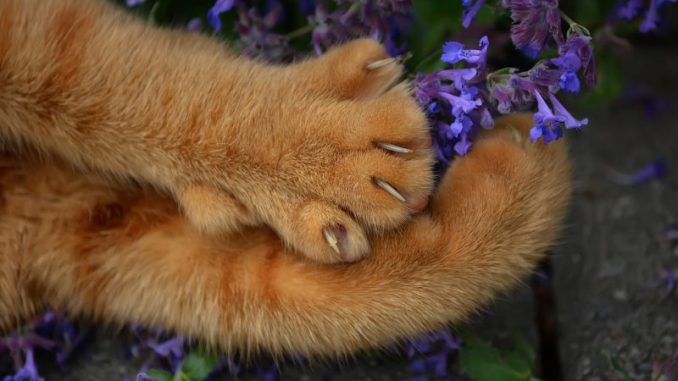
Caring for a beloved feline companion entails a multitude of financial obligations. From providing sustenance and maintaining hygiene to ensuring proper medical attention, the expenses can add up rapidly. One particularly expensive aspect of cat care is declawing, a surgical procedure that involves the removal of a cat’s claws.
While it may appear to be a simple solution to prevent scratching, it is crucial to take into account the potential risks, ethical considerations, and other relevant factors. This article delves into the topic of free declawing services for cats, examining the various facets associated with this issue.
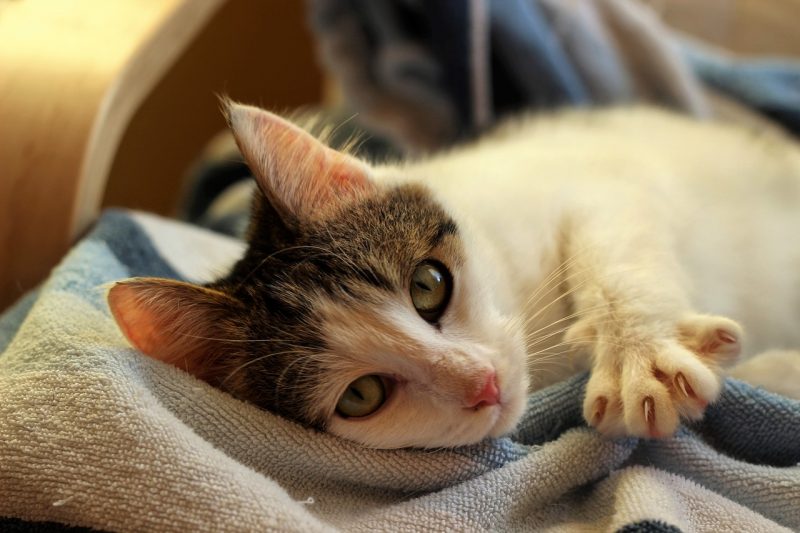
Understanding the Declawing Procedure for Cats
The surgical practice of declawing, also known as onychectomy, involves the removal of a cat’s claws by amputating the final bone of each toe where the claw originates. Surgeons typically perform this procedure under general anesthesia using various techniques, including scalpel excision, laser surgery, or tendonectomy. While declawing may seem like a simple solution to prevent scratching, it is essential to acknowledge that it is a major surgery that carries potential risks and complications.
Declawing cats can result in various risks and problems, like pain, infection, bleeding, lameness, nerve damage, and changes in behavior. Cats use their claws for important activities such as climbing, hunting, and self-protection. Removing their claws can greatly affect their capability to engage in these natural behaviors and could cause lasting physical and mental problems.
The Cost of Declawing and Why It Can Be Expensive
Declawing can be a costly procedure due to several elements. The price generally consists of pre-operative evaluations, anesthesia, medical tools, medicines, post-operative treatment, and follow-up brows through. Furthermore, the complexity of the treatment and the experience of the veterinarian can additionally affect the cost.
The expenditure related to declawing can rise and fall based upon the place and the vet center providing the solution. Generally, the price can fall anywhere in between $200 and $500 per feline good friend. It’s essential to acknowledge that this is merely a price quote, and numerous variables may affect the real cost, causing a higher or lower quantity.
The expenses associated with declawing can be attributed to the specialized equipment required for the surgery, the expertise of the veterinarian, and the post-operative care needed to ensure proper healing. These factors contribute to the overall cost and make declawing a significant investment for cat owners.
The Benefits of Declawing for Cats and Their Owners

| Benefits of Declawing for Cats and Their Owners |
|---|
| 1. Reduced risk of scratching furniture and other household items |
| 2. Decreased likelihood of injury to humans and other pets |
| 3. Improved behavior in some cats, including reduced aggression and anxiety |
| 4. Easier to find homes for declawed cats, as some landlords and adopters require it |
| 5. Reduced risk of cats being surrendered to shelters due to destructive behavior |
Although there are potential risks and concerns associated with declawing, proponents argue that there are advantages for both felines and their owners. For cats, declawing can prevent them from causing damage to furniture, carpets, and other household items by scratching. Additionally, it can reduce the risk of injury to humans or other pets in the home.
Pet owners can enjoy reduced stress and increased harmony in their homes by opting to have their cats declawed. This procedure ensures that cats remain indoors, where they are safe and content, without the risk of damaging furniture or causing distress to other members of the household. Additionally, declawing can help cat owners avoid potential conflicts with landlords or neighbors who may have strict policies regarding cats and scratching.
It is crucial to acknowledge that while declawing may seem advantageous, it is imperative to weigh the potential risks and ethical considerations associated with this procedure. Before opting for declawing, it is essential to explore alternative solutions such as providing suitable scratching surfaces and regular nail trimming.
The Ethical Debate Surrounding Declawing
The topic of declawing has sparked an ongoing ethical debate among veterinarians, animal welfare groups, and feline guardians. Proponents of declawing argue that it can prevent cats from being abandoned or surrendered due to destructive behavior. They contend that it is a necessary procedure to safeguard the well-being of both cats and their owners.
Despite this, opponents of declawing argue that it is a cruel and unnecessary procedure that causes pain and suffering for cats. They maintain that it goes against principles of animal welfare and assert that there are numerous alternative methods for addressing scratching behavior.
The debate surrounding declawing centers on the ethical dilemma of whether it is justifiable to remove a cat’s claws for the convenience of humans. Before deciding whether to declaw their feline companions, cat owners must carefully weigh the potential risks, benefits, and ethical considerations.
How to Find Free Declawing Services for Cats
For cat owners who cannot afford the expense of declawing, there are alternative options available to discover free or low-cost services. It is important to note that these services may come with limitations and requirements, therefore thorough research and understanding of the available options is crucial.
Explore the possibility of connecting with local pet sanctuaries and rescue organizations to inquire about their provision of free or affordable declawing services. Many of these groups offer such services as a testament to their dedication to promoting responsible pet ownership. It is important to note that certain requirements or limitations may apply, such as eligibility based on income or limited availability.
Another option to consider is to look into low-cost veterinary clinics that offer declawing services. These clinics often provide affordable prices for various veterinary procedures, including declawing. However, it is crucial to thoroughly research the reputation and credentials of the clinic to ensure the safety and health of your beloved feline companion.
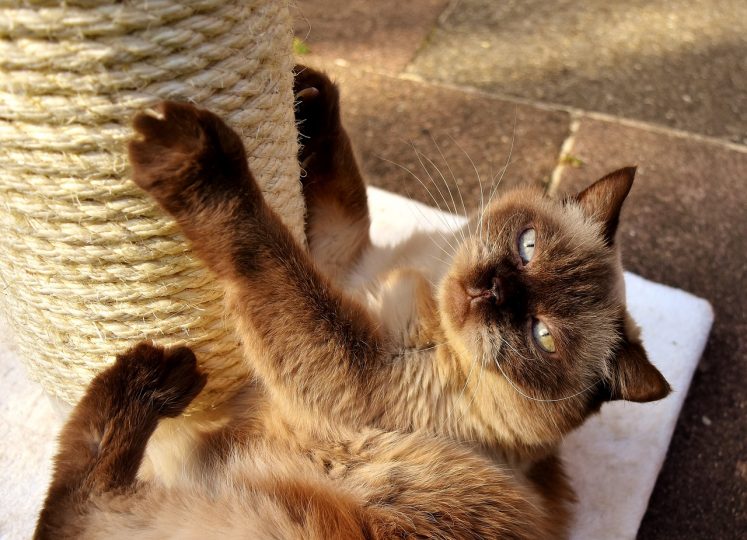
Local Animal Shelters and Rescue Organizations That Offer Free Declawing
Numerous animal sanctuaries and rescue organizations in the region recognize the importance of providing affordable veterinary care for feline companions. In line with their mission to promote responsible pet ownership, some of these organizations even offer free or subsidized declawing services.
Typically, these solutions are extended to individuals or households with low-income who satisfy specific criteria. These requirements may entail providing evidence of income, residency, and completing an application process. To determine eligibility for their declawing services, it is imperative to directly contact these organizations.
Although complimentary declawing services may seem like a valuable option for cat owners with financial constraints, it is crucial to consider the potential risks and ethical concerns associated with this procedure. It is advisable to explore alternative solutions and consult with a veterinarian to make an informed decision about the best course of action for your feline companion.
Low-Cost Veterinary Clinics That Offer Declawing Services
Cost-effective veterinary facilities offer an affordable option for cat owners searching for economical declawing solutions. These centers provide lower prices for a variety of vet procedures, consisting of declawing, making first-class vet treatment extra possible for those with minimal monetary methods.
When considering a low-cost veterinary clinic, it is important to research the reputation and qualifications of the clinic. Look for clinics that have experienced veterinarians and a good track record of providing quality care. It is also important to inquire about the specific costs associated with declawing and any additional fees that may apply.
While low-cost veterinary clinics can provide a more affordable option for declawing, it is crucial to carefully consider the potential risks and ethical concerns associated with the procedure. Discussing alternative solutions with a veterinarian can help determine the best course of action for your cat’s well-being.
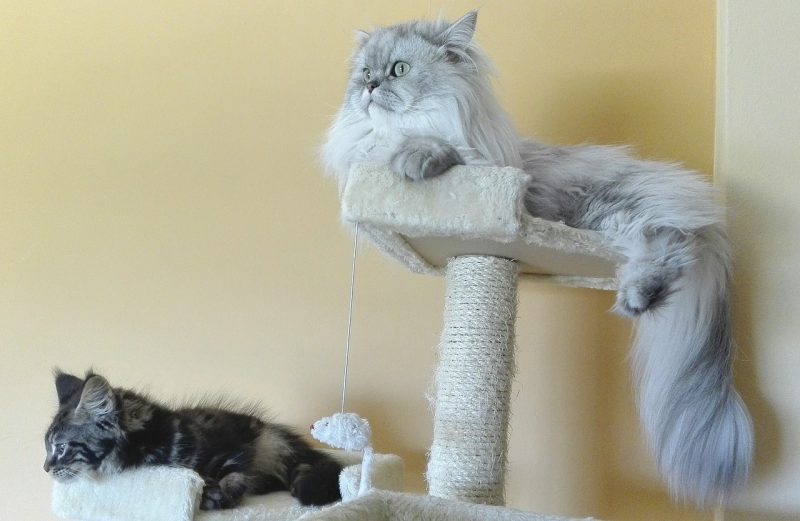
Charitable Organizations That Provide Free or Discounted Veterinary Care
In addition to local animal shelters and low-cost veterinary clinics, there are charitable organizations that provide free or discounted veterinary care for cats. These organizations often have specific programs or initiatives aimed at assisting individuals and families who are unable to afford the cost of veterinary services.
Charitable organizations may offer free or subsidized declawing services as part of their mission to promote animal welfare. However, it is important to note that these services may have specific criteria and limited availability. Contacting these organizations directly and inquiring about their programs can provide valuable information on the options available.
It is important to carefully consider the potential risks and ethical concerns associated with declawing before seeking free or discounted services. Exploring alternative solutions and discussing them with a veterinarian can help make an informed decision about the best course of action for your cat.
Online Resources for Finding Free Declawing Services
The internet can be a valuable resource for finding free declawing services for cats. There are various websites and online directories that provide information on local animal shelters, rescue organizations, and low-cost veterinary clinics that offer declawing services.
When using online resources, it is important to verify the credibility and reliability of the information provided. Look for reputable websites and directories that have a good track record of providing accurate and up-to-date information. It is also recommended to contact the organizations directly to inquire about their declawing services and any eligibility requirements.
While online resources can be a convenient way to find free declawing services, it is crucial to carefully consider the potential risks and ethical concerns associated with the procedure. Exploring alternative solutions and discussing them with a veterinarian can help determine the best course of action for your cat’s well-being.
Tips for Preparing Your Cat for Declawing Surgery

If you have decided to proceed with declawing surgery for your cat, it is important to properly prepare them for the procedure. Here are some tips to help ensure a smooth process:
1. Consult with a veterinarian: Before scheduling the surgery, consult with a veterinarian to discuss the procedure, potential risks, and post-operative care. They can provide guidance on how to prepare your cat physically and emotionally.
2. Keep your cat indoors: It is recommended to keep your cat indoors before the surgery to prevent any injuries or infections that may delay or complicate the procedure.
3. Follow pre-operative instructions: Your veterinarian will provide specific instructions on fasting your cat before the surgery. It is important to follow these instructions carefully to ensure the safety and success of the procedure.
4. Provide a comfortable recovery space: Create a quiet and comfortable space for your cat to recover after the surgery. This can include a cozy bed, litter box, food, water, and any necessary medications or post-operative care supplies.
5. Minimize stress: Cats can be sensitive to changes in their environment. Minimize stress by maintaining a calm and quiet atmosphere before and after the surgery. Avoid introducing any new pets or making significant changes to their routine during this time.
Proper preparation is essential to ensure the well-being and successful outcome of the declawing surgery. Following these tips can help make the process as smooth as possible for your cat.
Post-Operative Care for Declawed Cats
After declawing surgery, it is crucial to provide proper post-operative care to ensure your cat’s comfort and healing. Here are some important considerations:
1. Pain management: Your veterinarian will prescribe pain medication to help manage your cat’s discomfort after the surgery. Administer the medication as directed and monitor your cat for any signs of pain or distress.
2. Monitor for complications: Keep a close eye on your cat’s incision sites for any signs of infection, excessive bleeding, or other complications. Contact your veterinarian immediately if you notice anything unusual.
3. Provide a quiet recovery space: Create a calm and quiet space for your cat to recover. Limit their activity and provide a comfortable bed or resting area where they can relax without being disturbed.
4. Litter box management: Use unscented, dust-free litter to prevent any irritation or discomfort for your cat. Keep the litter box clean and easily accessible to encourage proper elimination.
5. Prevent jumping or climbing: Restrict your cat’s access to high surfaces or areas where they may be tempted to jump or climb. This will help prevent any strain on their healing paws.
Proper post-operative care is essential for your cat’s recovery after declawing surgery. Following these guidelines and consulting with your veterinarian can help ensure a smooth healing process.
Alternatives to Declawing for Cat Owners on a Budget
For cat owners on a budget who are unable or unwilling to pursue declawing, there are alternative solutions to address scratching behavior. Here are some options to consider:
1. Provide appropriate scratching surfaces: Cats have a natural instinct to scratch, so it is important to provide them with suitable alternatives. Invest in sturdy scratching posts or boards that are tall enough for your cat to fully stretch and scratch.
2. Regular nail trimming: Regular nail trimming can help keep your cat’s claws at a manageable length. Consult with a veterinarian or a professional groomer to learn the proper technique and frequency for nail trimming.
3. Nail caps: Soft nail caps, also known as nail covers or claw covers, can be applied to your cat’s claws to prevent damage from scratching. These caps are glued onto the claws and need to be replaced every few weeks.
4. Environmental modifications: Make modifications to your home environment to protect furniture and other items from scratching. Use deterrents such as double-sided tape, aluminum foil, or citrus-scented sprays on surfaces you want to protect.
5. Behavior modification techniques: Positive reinforcement training can be used to redirect your cat’s scratching behavior. Reward them with treats or praise when they use appropriate scratching surfaces and discourage them from scratching furniture by using deterrents or redirecting their attention.
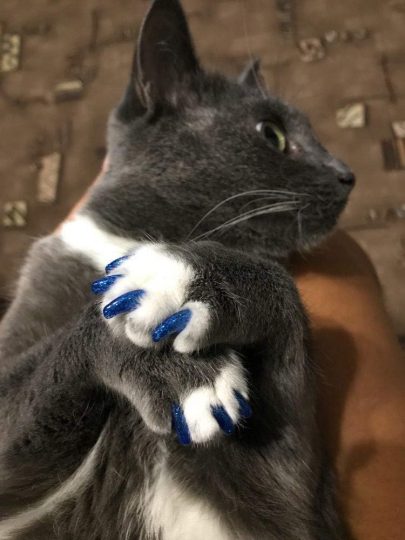
It is important to note that alternative solutions may require patience, consistency, and ongoing effort. It is crucial to provide appropriate outlets for your cat’s natural scratching behavior while protecting your home and belongings.
Caring for a cat involves various responsibilities and expenses, including the consideration of declawing as a potential solution for scratching behavior. While declawing can be an expensive procedure, there are options available for cat owners on a budget to find free or low-cost declawing services.
However, it is crucial to carefully weigh the potential risks, ethical concerns, and alternative options before choosing to declaw your cat. By exploring alternatives such as providing appropriate scratching surfaces, regular nail trimming, and behavior therapy techniques, you can effectively address scratching behavior without resorting to declawing. Ultimately, the health and happiness of your feline companion should be your top priority.
Consulting with a veterinarian and taking all factors into consideration can help you make an informed decision about the best course of action for your cat’s well-being and quality of life.
Conclusion: Where Can I Declaw My Cat for Free?
In summary, the issue of declawing your beloved feline companion for free is a multifaceted one. It is imperative to recognize that declawing is a major surgical procedure that can have enduring effects on your cat’s well-being and behavior.
While it may appear to be a quick fix for unwanted scratching, it is crucial to thoroughly contemplate all potential consequences before making such a decision.
If you have thoroughly weighed all options and still believe that declawing is the best choice for your feline companion, finding a facility that offers this service free of charge can be challenging.
Many veterinary clinics require payment for this procedure due to its complexity and the necessary post-operative care. It may be worthwhile to reach out to nearby animal shelters or rescue groups, as they may provide affordable or even complimentary services in certain circumstances.
Other effective ways to keep costs down include purchasing food and supplies in bulk, grooming your cat at home, and keeping them indoors to prevent accidents or injuries.
While it may seem tempting to opt for free options when it comes to grooming your feline, it is crucial to prioritize your cat’s well-being and happiness above all else.
The most effective way to save on cat care expenses is by taking preventative measures and making wise choices that promote the long-term health of both you and your furry companion.
Our beloved family pets rely on us to make choices that benefit them. It is crucial that we carefully consider options that promote their well-being and happiness, while also being mindful of our financial limitations. The companionship and happiness that our feline friends provide us with are priceless, and we must prioritize their care accordingly.





Be the first to comment